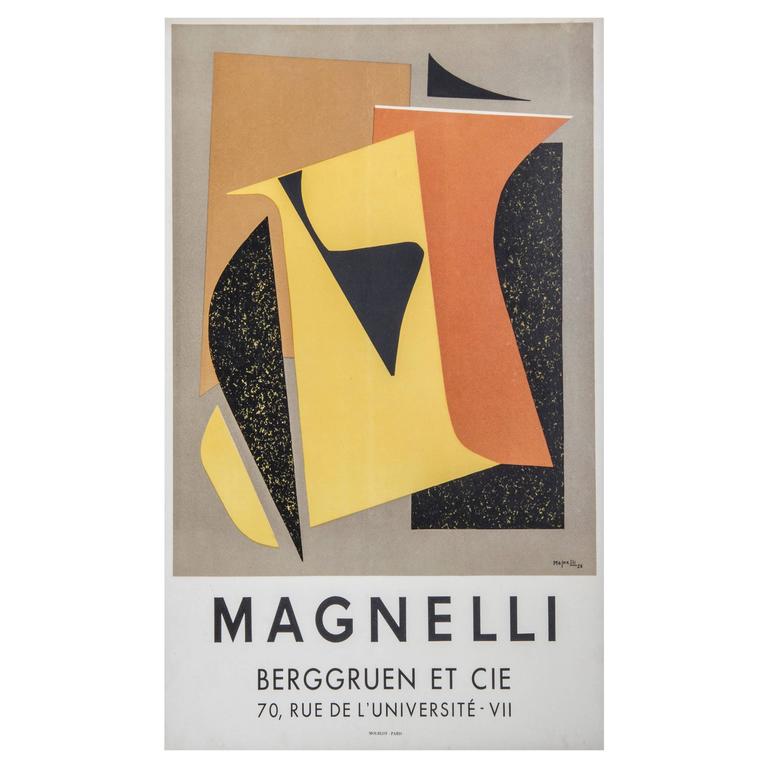

Yet in Return to Vienna: The Paintings of Tess Jaray, the British artist with Austrian roots chose to present something different: a selection of twenty-five works, the majority dating from the past several years, that shed light on current concerns in her art such as her investigation of the art-historical tradition of the circular painting. Given that her oeuvre spans such a long time, a conventional retrospective would hardly have been uninteresting. The outbreak of World War I, the collapse of the Austro-Hungarian empire, and the recovery of national sovereignty by the Czechs and the Poles had written the last act in the drama of mutual contacts between the Vienna Secession, the Prague Mánes and the Cracow "Sztuka".For over sixty years, Tess Jaray has made formally austere paintings, dedicating herself to an analysis of the relationships between painting and architecture, between picture and beholder. After 1905 there followed a decline of the idea of egalitarianism of art and its emotional values the conviction of the artist's special mission in society was abandoned and the new generation of artists, both in Vienna, Prague, as well as in Cracow, in their aggressive manifestos and programs heralded radical changes to the arts. At the same time, they were ready to cause scandals, defending their beliefs, eager to participate in sophisticated parties and frequented outrageous cabaret cafés - the "seats of debauchery and all kind of evil". They had great reverence for Romanticism, disposition for melancholy, irrationality, apathy, and eagerly referred to symbolism and decadence. The milieu which yield the three above-mentioned associations consisted of ARTISTS-GENIUSES, ARTISTS-NEUROTICS, ARTISTS-PRIESTS, and also ARTISTS-ACTORS who were ready to fulfil their great missions according to the principle of "ART FOR ART'S SAKE". The three associations closely collaborated with three art journals, set up almost simultaneously: Ver Sacrum in Vienna, Volné Směry in Prague, and Życie in Cracow, which on their pages united an analogous literary content with a beautiful layout and graphic design. Each of them possessed its own, specific kind of a "temple" and salon of art, where - beside exhibiting art - they introduced a new style of exhibition arrangement, using painted friezes, draperies, furniture, and above all - decorative shrubs, plants and festoons of flowers, which made the exhibition space look like a society drawing-room or a garden house. The three groups maintained mutual contacts (however cold they proved to be), and jointly participated in many exhibitions, asserting at the same time their distinct national characters. It was at that time that the three art associations: Vereinigung bildender Künstler Österreichs - "Wiener Secession", Towarzystwo Artystów Polskich "Sztuka", and Spolek výtvarných umělců Mánes were set up. The years 18 are regarded as the golden era for three art groups and three art journals in three separate centres of the Habsburg empire - the cities of Vienna, Cracow and Prague.


 0 kommentar(er)
0 kommentar(er)
